How to Implement Effective Fire Protection Systems in Your Business Environment
Fire protection is a crucial aspect of ensuring safety and continuity in any business environment. As companies increasingly adopt complex technologies and expand their operations, the risk of fire incidents remains a significant concern. Implementing effective fire protection systems not only safeguards assets and personnel but also enhances overall organizational resilience.
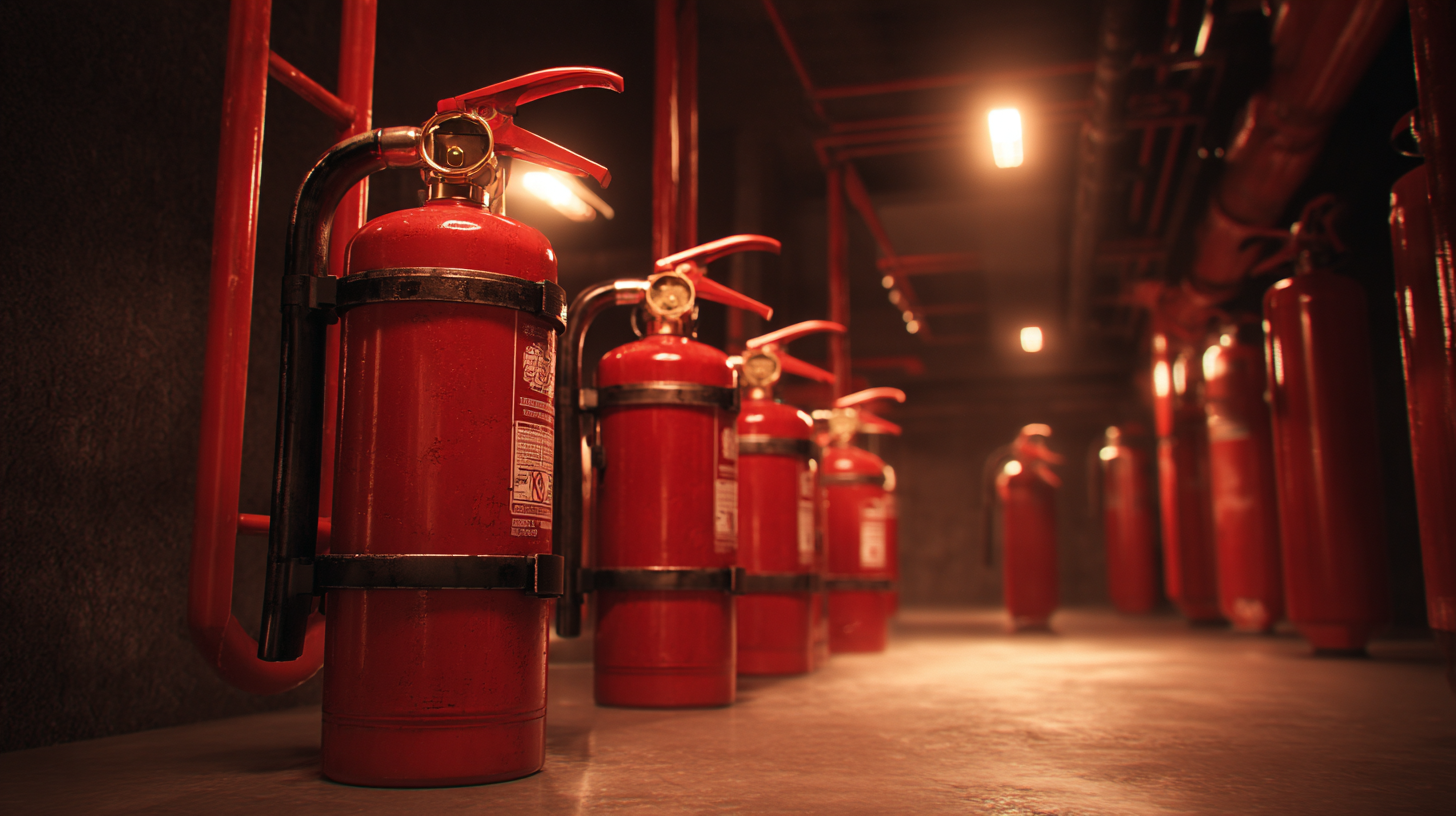
In this guide, we will explore best practices in fire protection, including the integration of innovative technologies, the importance of regular training, and adherence to regulatory standards. By following these strategies, businesses can create a robust fire protection framework that mitigates risks and fosters a culture of safety, ultimately securing their future in an unpredictable world.
Understanding the Importance of Fire Protection Systems in Business Settings
Fire protection systems are vital in business settings as they safeguard not only physical assets but also the well-being of employees and customers. A fire can devastate a company, leading to significant financial losses, legal consequences, and irreparable damage to reputation. Thus, implementing an effective fire protection system is fundamental for all businesses, regardless of their size or industry. These systems not only prevent fires but also ensure rapid response in emergencies, mitigating potential damages.
Understanding the importance of these systems extends beyond compliance with regulations; it reflects a company's commitment to safety and security. Training employees on fire safety protocols and regularly maintaining fire protection equipment enhances preparedness. Additionally, investing in advanced technologies like smoke detectors, sprinkler systems, and fire alarms significantly increases a business's resilience against fire hazards. Ultimately, a robust fire protection system fosters a safer work environment, reassuring employees and clients that their safety is prioritized and taken seriously.
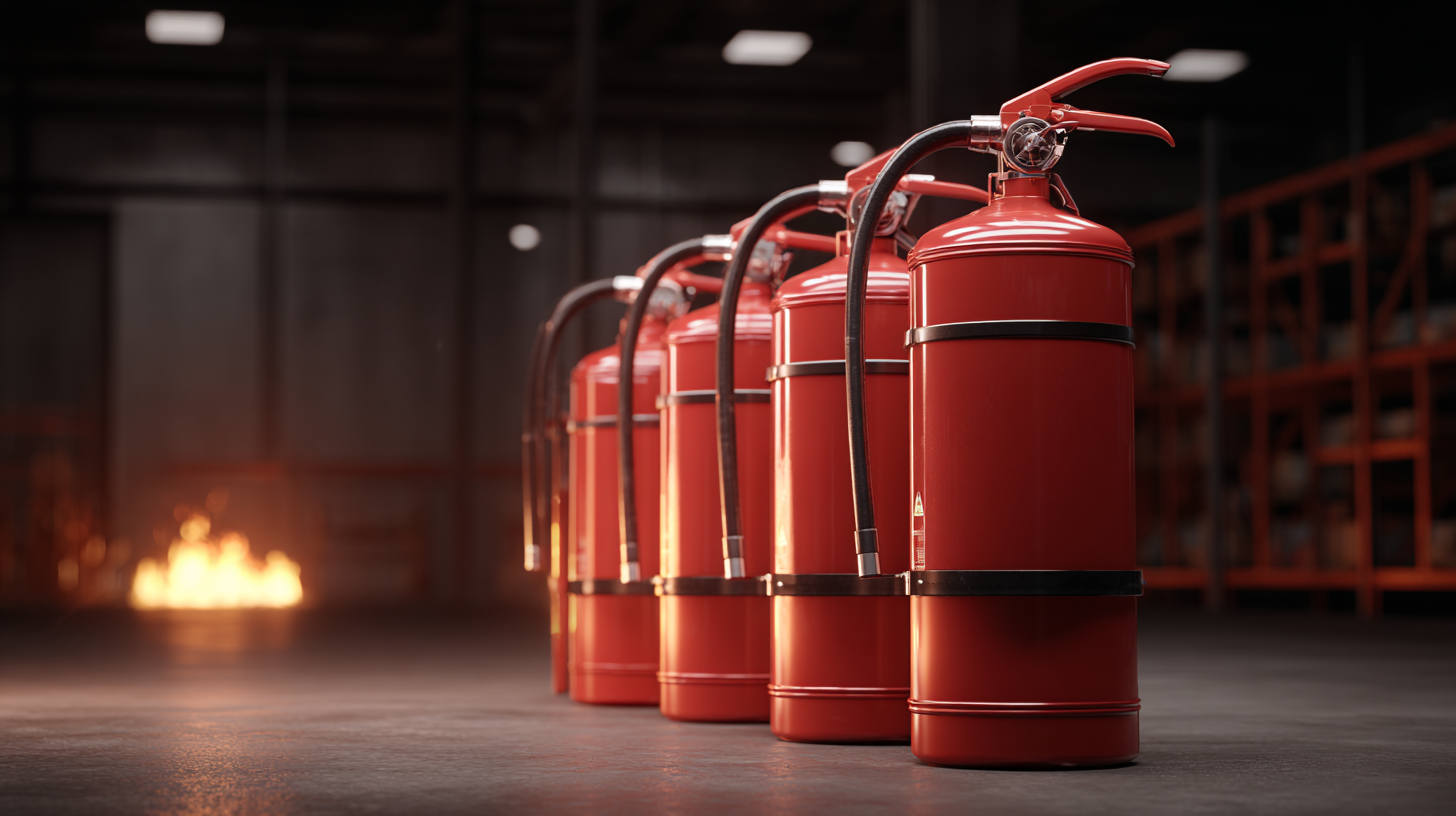
Key Components of an Effective Fire Protection System
An effective fire protection system is crucial for safeguarding both personnel and property within any business environment. The key components of such a system include fire detection, suppression, and prevention technologies.
First and foremost, smoke and heat detectors are essential for early detection of fire hazards. These devices can be linked to a central alarm system, ensuring that any potential threat is identified promptly, allowing for swift evacuation and response.
In addition to detection, the incorporation of fire suppression systems such as sprinklers or chemical extinguishing systems plays a vital role in mitigating fire risks.
Sprinkler systems, for instance, can significantly reduce the spread of fire and limit damage, while portable fire extinguishers should be strategically placed throughout the facilities to empower employees to tackle small fires immediately.
Furthermore, regular maintenance and staff training on fire safety protocols are necessary to ensure that all components of the fire protection system function effectively and that employees know how to react in emergencies. Together, these elements create a comprehensive framework for fire safety in the workplace.
Steps to Assess Fire Risks in Your Business Environment
Assessing fire risks in your business environment is a crucial first step in implementing effective fire protection systems. Begin by conducting a thorough evaluation of your premises, focusing on areas where flammable materials are stored, and assessing the electrical systems for potential hazards. Engage employees in this process, as they can provide insights into high-risk practices and locations that may not be immediately obvious to management. It’s essential to maintain an open line of communication, allowing staff to share any concerns or observations that could contribute to a safer workplace.
Next, analyze the potential impact of various fire hazards. This includes considering the occupancy of your space, the nature of the materials on site, and the layout of the building. Utilize tools such as checklists and risk assessment matrices to quantify the likelihood and consequences of different fire scenarios. Establish clear guidelines for corrective actions based on this assessment, which should include regular inspections, employee training, and the installation of appropriate fire detection and suppression systems. By systematically identifying and addressing fire risks, businesses can foster a safer environment and minimize the potential for costly and dangerous incidents.
How to Implement Effective Fire Protection Systems in Your Business Environment - Steps to Assess Fire Risks in Your Business Environment
| Fire Risk Factor | Risk Level (High/Medium/Low) | Recommended Protection Measure | Frequency of Assessment | Responsible Party |
|---|---|---|---|---|
| Flammable Materials Storage | High | Install Fire Suppression Systems | Quarterly | Safety Officer |
| Electrical Wiring | Medium | Routine Inspections and Upgrades | Annually | Maintenance Team |
| Cooking Equipment | High | Install Hood Suppression Systems | Monthly | Operations Manager |
| Heating Appliances | Medium | Install Carbon Monoxide Detectors | Bi-Annually | Facility Manager |
| Emergency Exits | Low | Regular Checks and Signage Updates | Every 6 Months | Safety Committee |
Best Practices for Maintaining Fire Protection Equipment
Maintaining fire protection equipment is critical to ensuring the safety and resilience of any business environment. Regular inspections are essential to verify that all equipment, including fire extinguishers, alarms, and sprinkler systems, meets established safety standards. A well-defined schedule for these inspections should be created, ideally in accordance with local regulations and manufacturer guidelines. Documenting these inspections helps track compliance and identify any issues that may require immediate attention.
Training employees on fire safety practices and the operation of fire protection equipment is another vital aspect of maintenance. Regular training sessions ensure that staff members are familiar with the location and proper use of fire extinguishers and can quickly respond during an emergency. Additionally, conducting fire drills helps reinforce these skills and keeps fire safety at the forefront of employees' minds. By fostering a culture of safety and preparedness, businesses can significantly minimize the risks associated with fire hazards.
Fire Protection Equipment Maintenance Frequency
This chart illustrates the recommended maintenance frequency for various fire protection equipment in a business environment. Regular maintenance is crucial to ensure safety and compliance with fire safety regulations.
Training Employees for Fire Safety Awareness and Emergency Response
Effective fire protection systems in a business environment rely heavily on the training and awareness of employees regarding fire safety and emergency response. According to the National Fire Protection Association (NFPA), over 3,300 civilian fire injuries were reported in 2020 alone, often resulting from lack of knowledge about proper evacuation procedures and basic fire responses. Implementing structured training programs can significantly mitigate these risks.
Organizations should focus on regular fire safety drills and comprehensive training sessions that cover emergency procedures, use of fire extinguishers, and evacuation routes. A report by the Federal Emergency Management Agency (FEMA) indicates that businesses with trained staff can reduce response times and improve overall safety, effectively saving lives and minimizing property damage. Investing time and resources in employee training not only fosters a culture of safety but also enhances compliance with local fire codes and regulations, further reinforcing the robustness of fire protection systems in place.
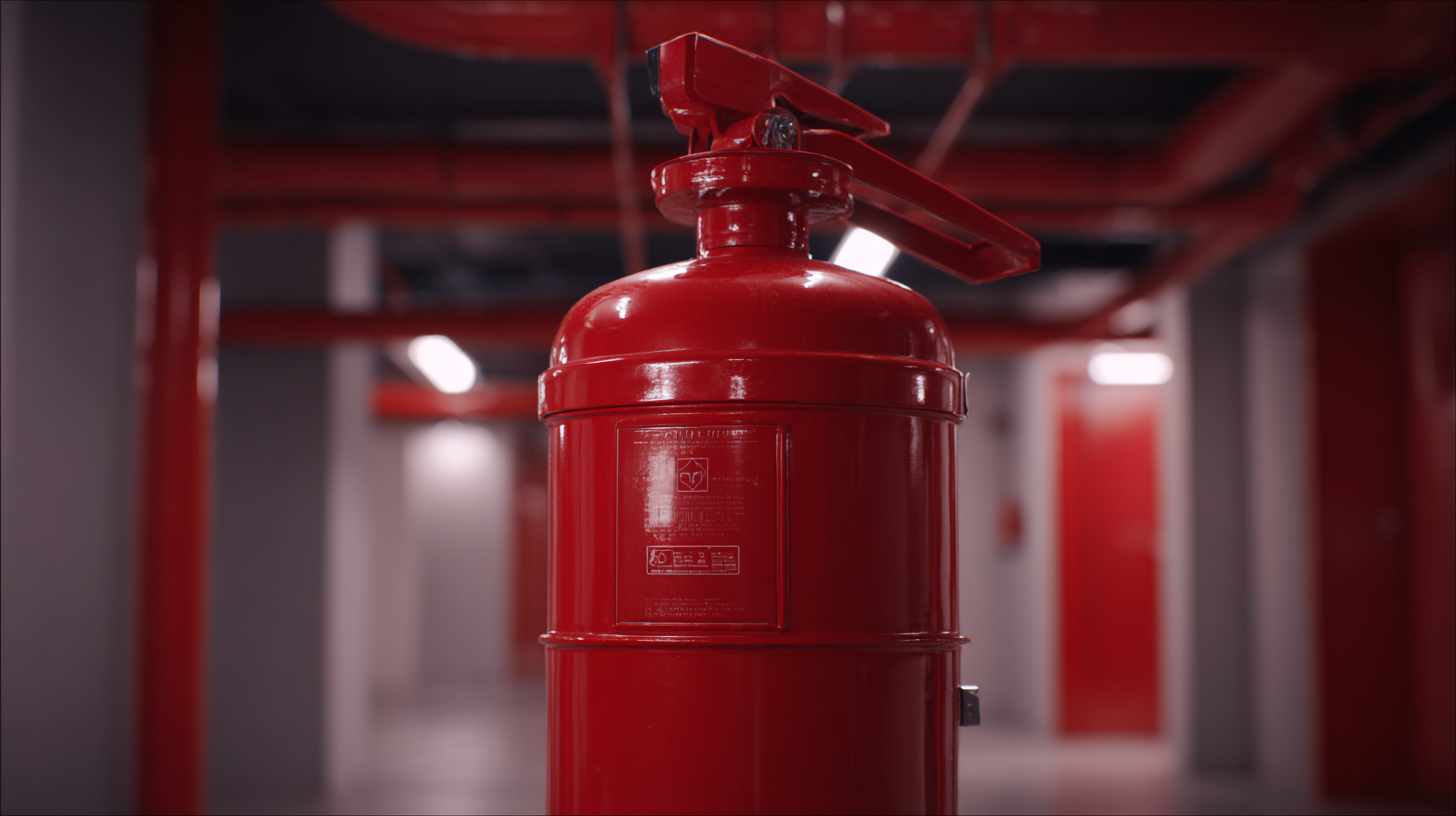
Related Posts
-
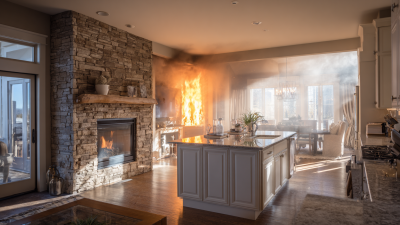
How to Enhance Your Home’s Fire and Safety Measures Effectively
-
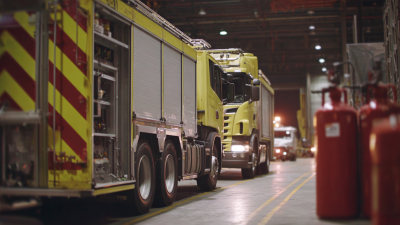
Real-World Applications of the Best Fire Equipment for Global Safety Standards
-
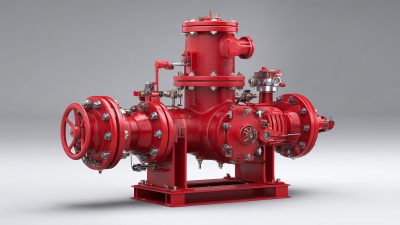
Global Sales of Upgraded Chinese Fire Protection Equipment for Optimal Safety Solutions
-
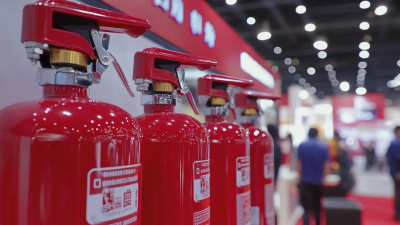
Top 10 Fire Extinguishers from Chinese Manufacturers at the 137th Canton Fair
-

Exploring Innovative Alternatives in Fire Safety Protection Solutions
-

How to Implement Fire Safety Measures that Save Lives and Protect Property
